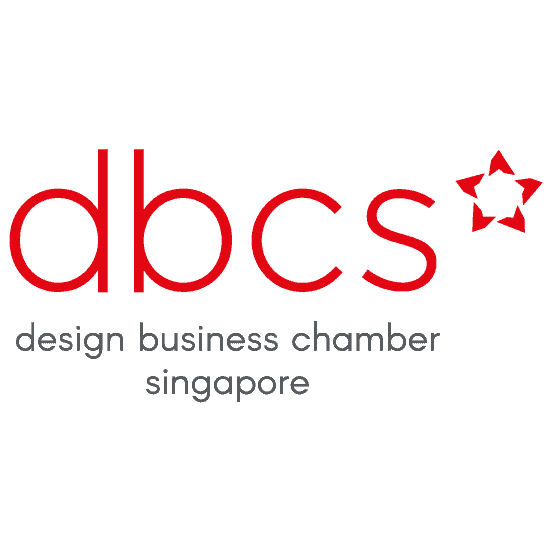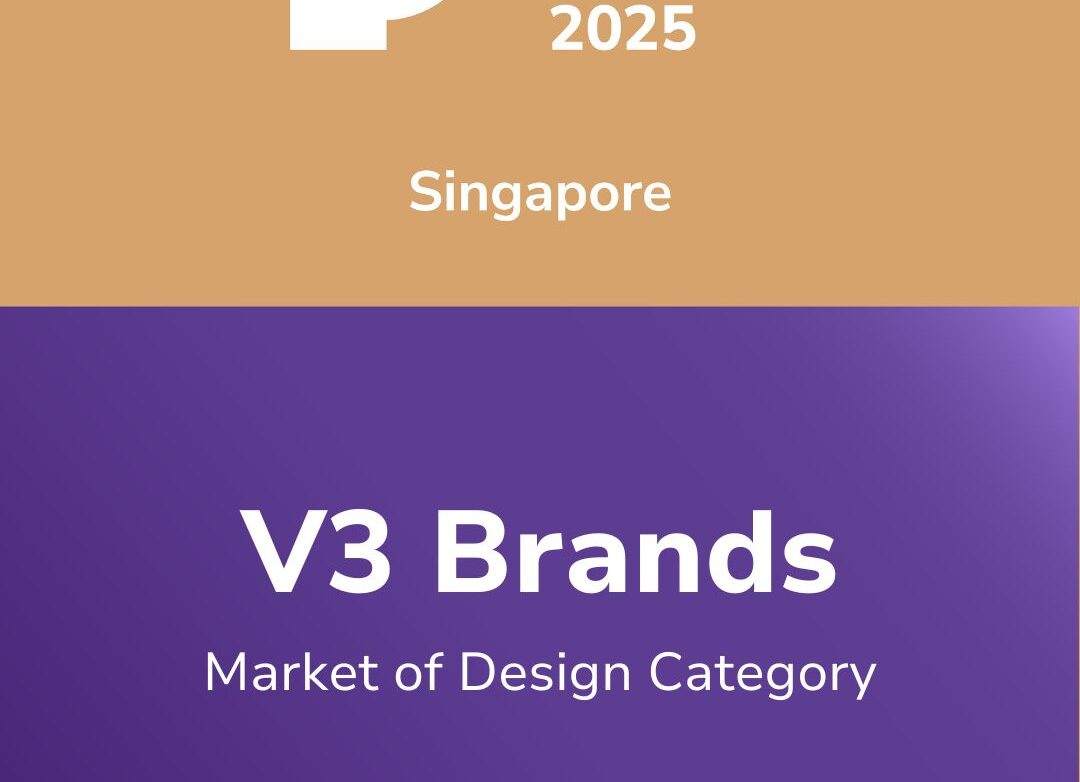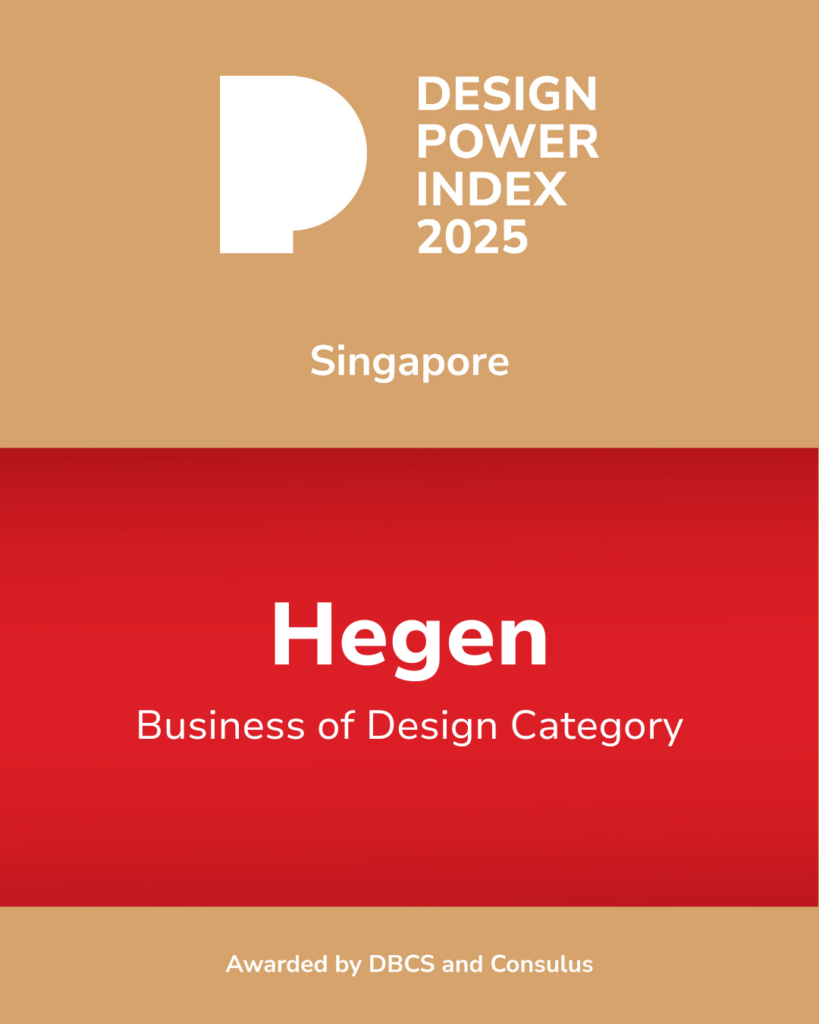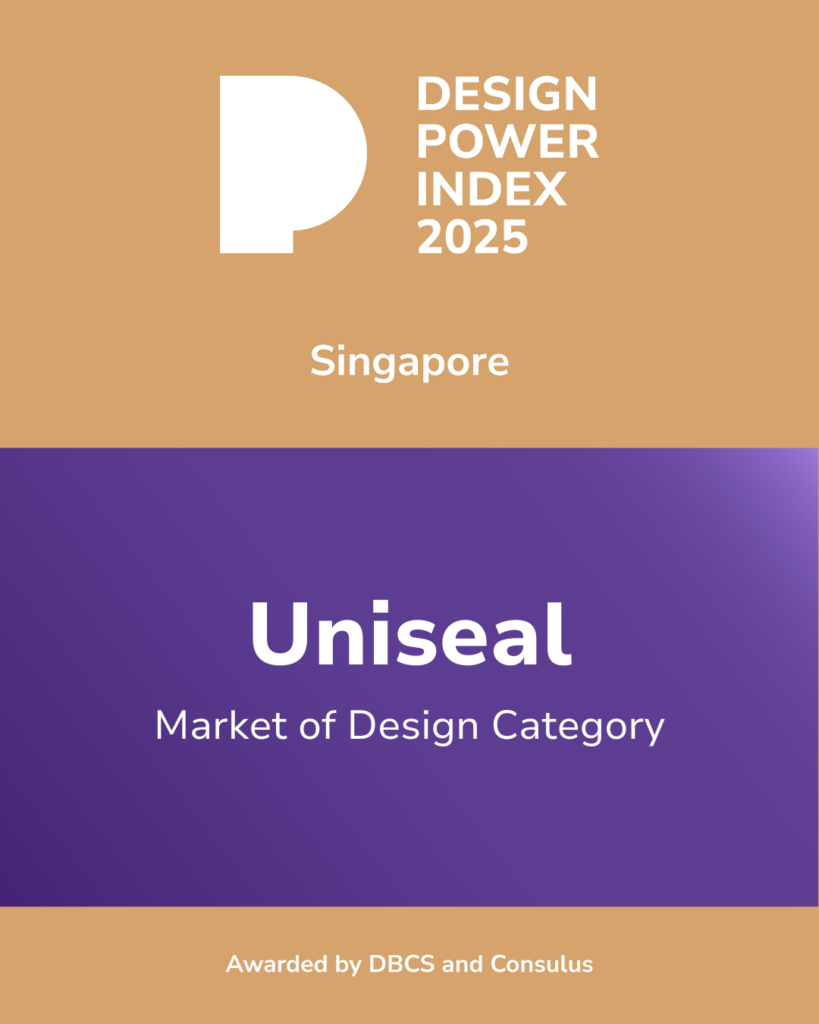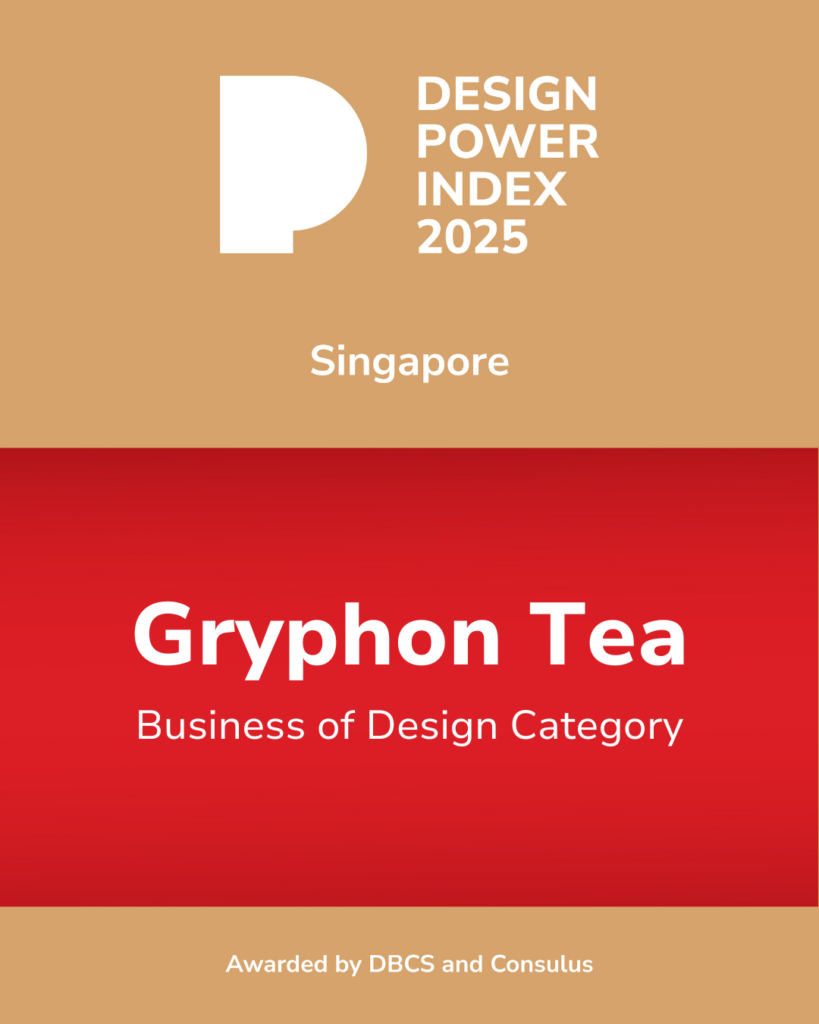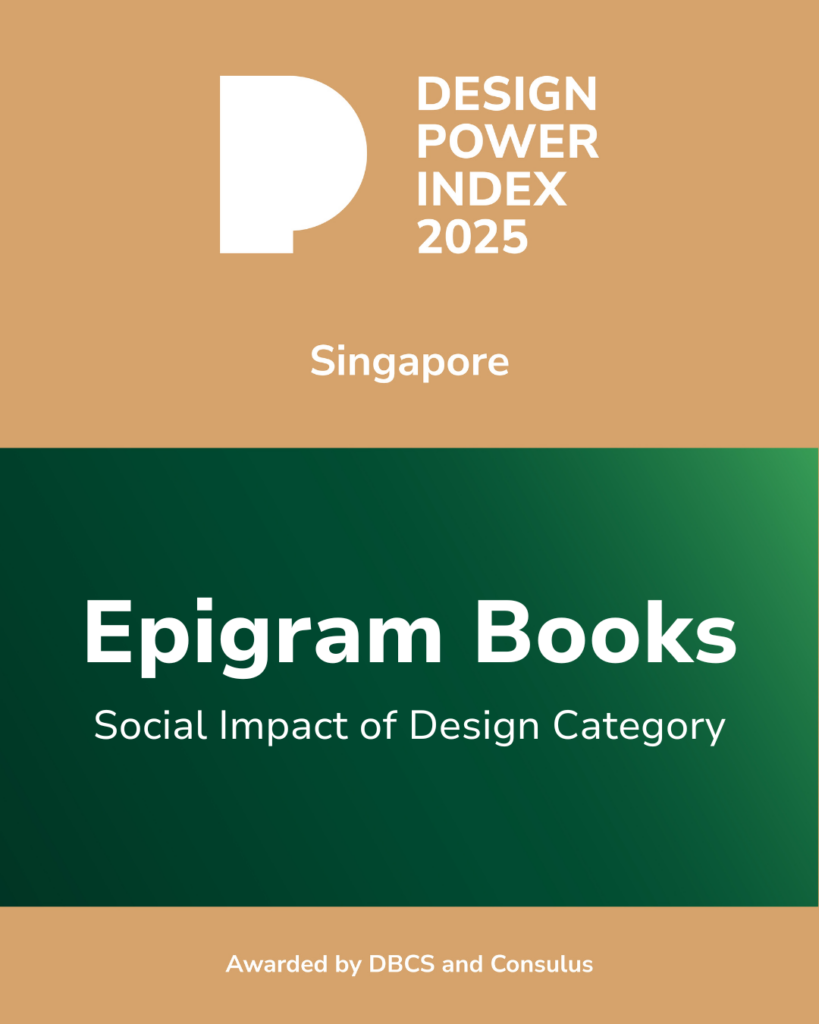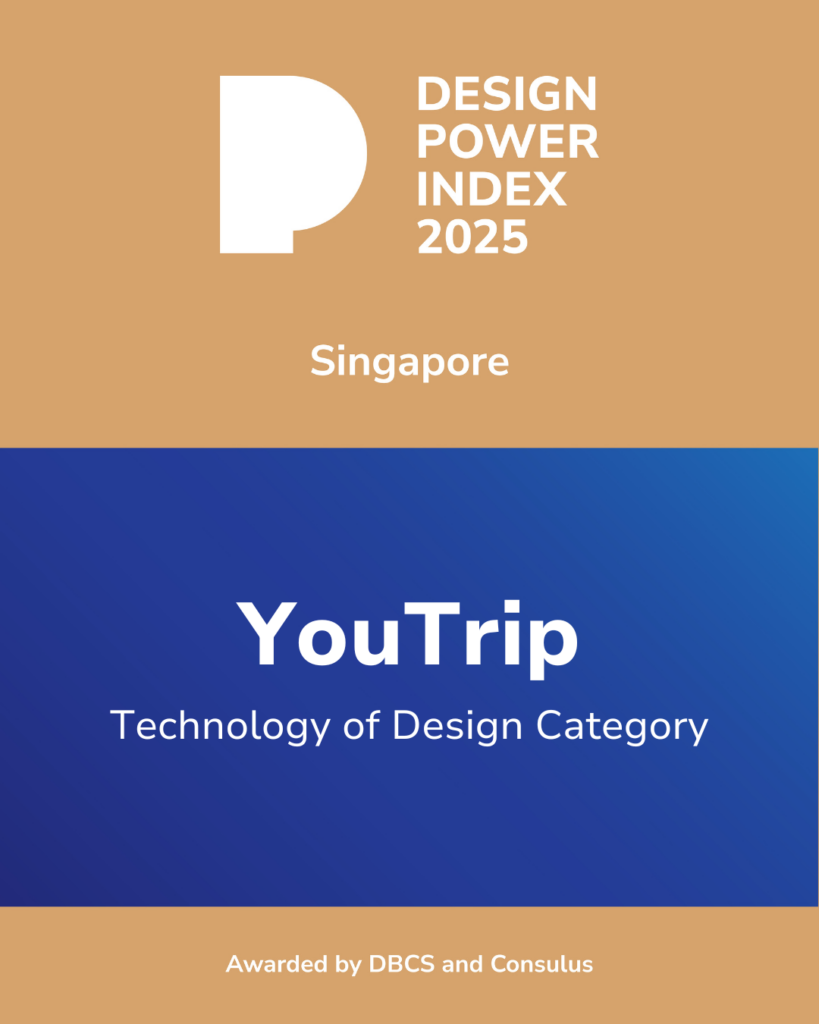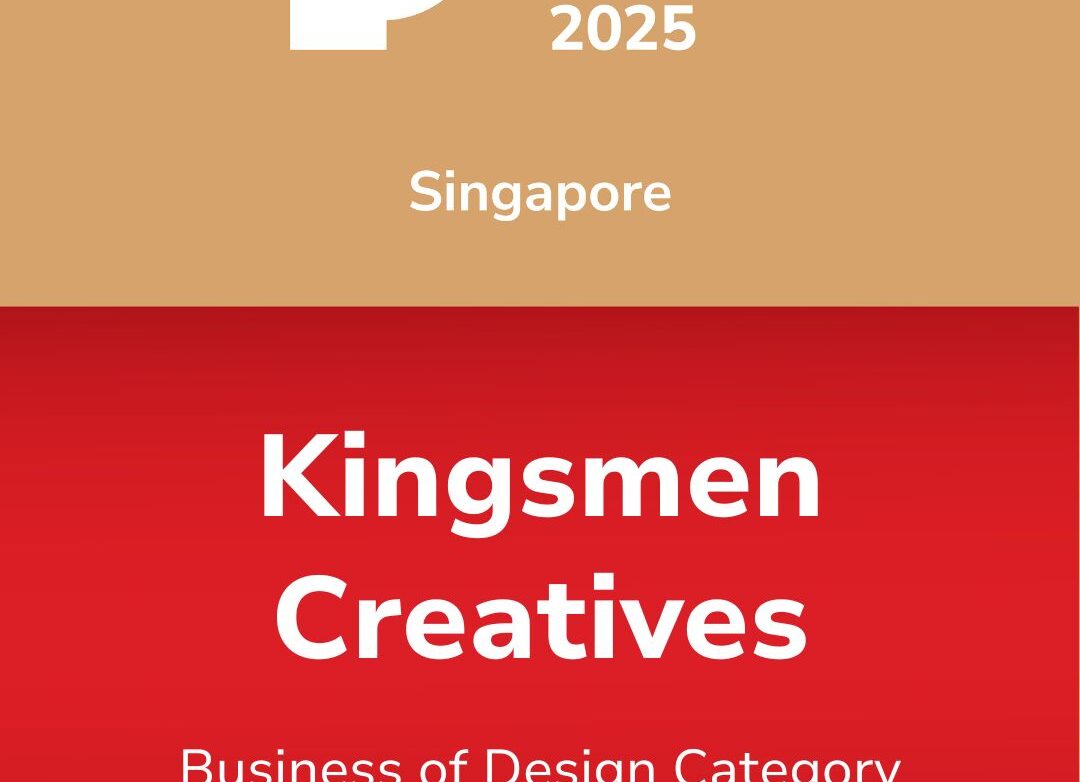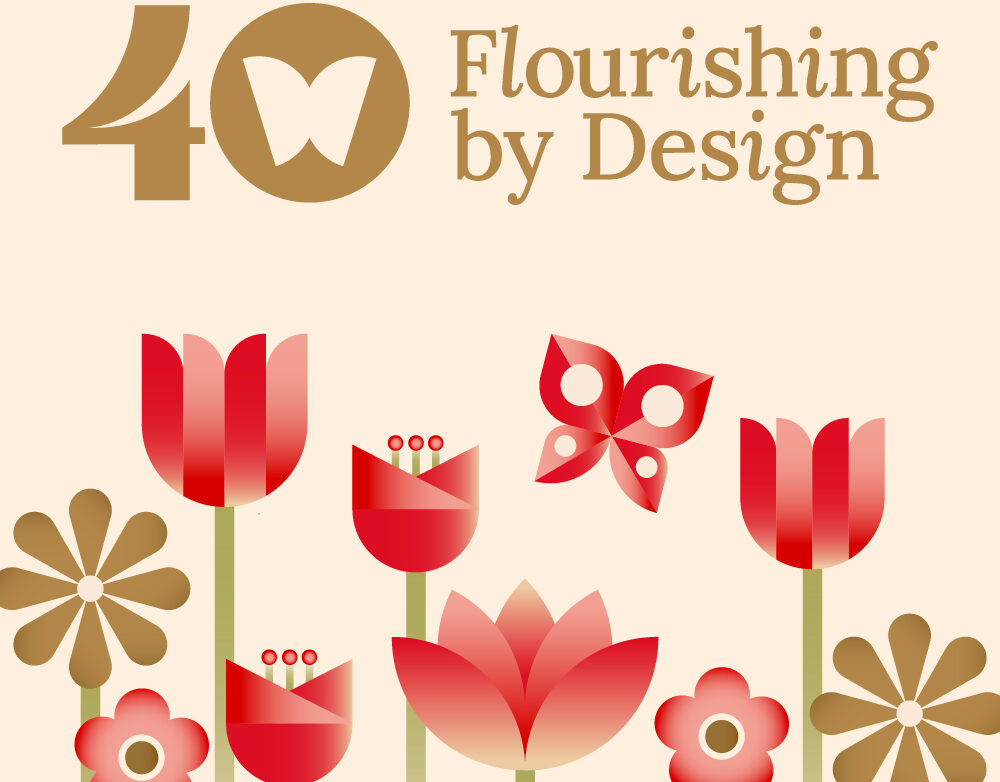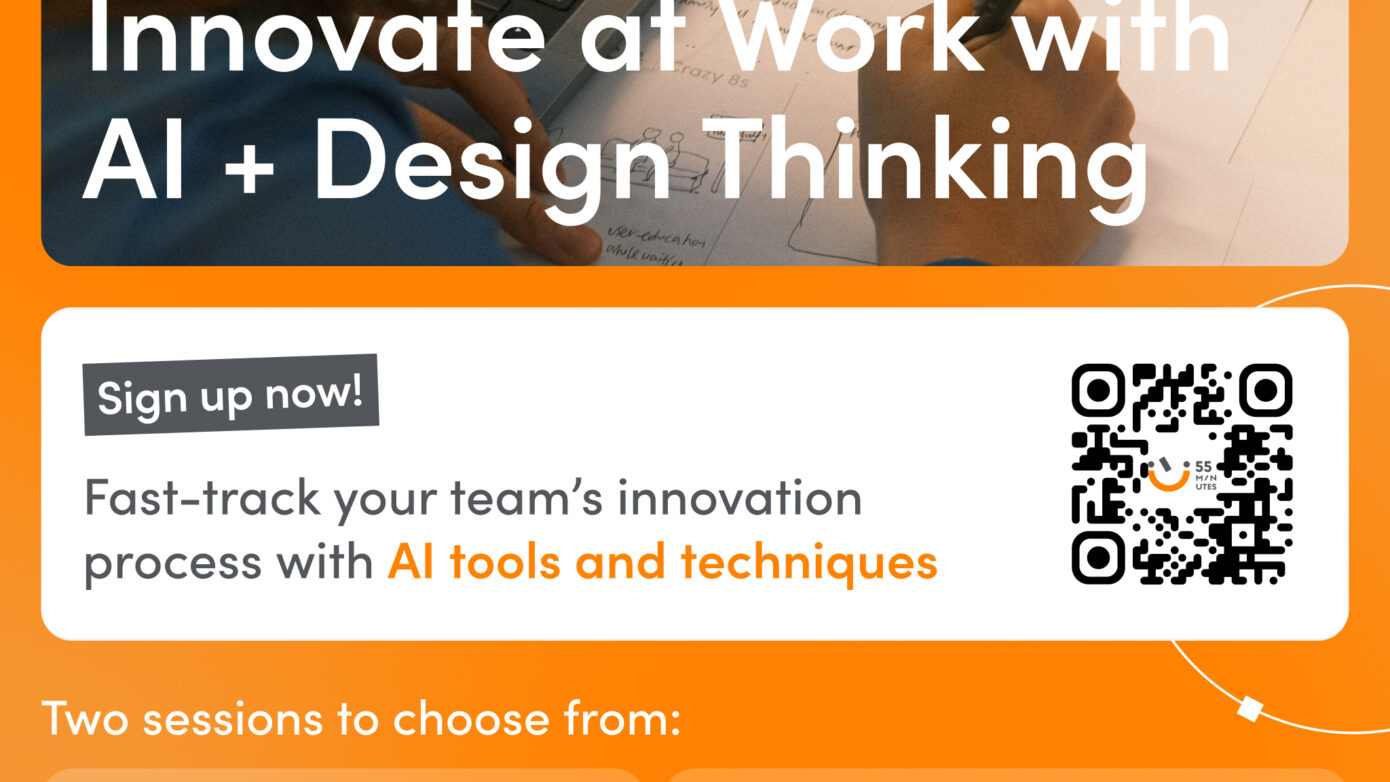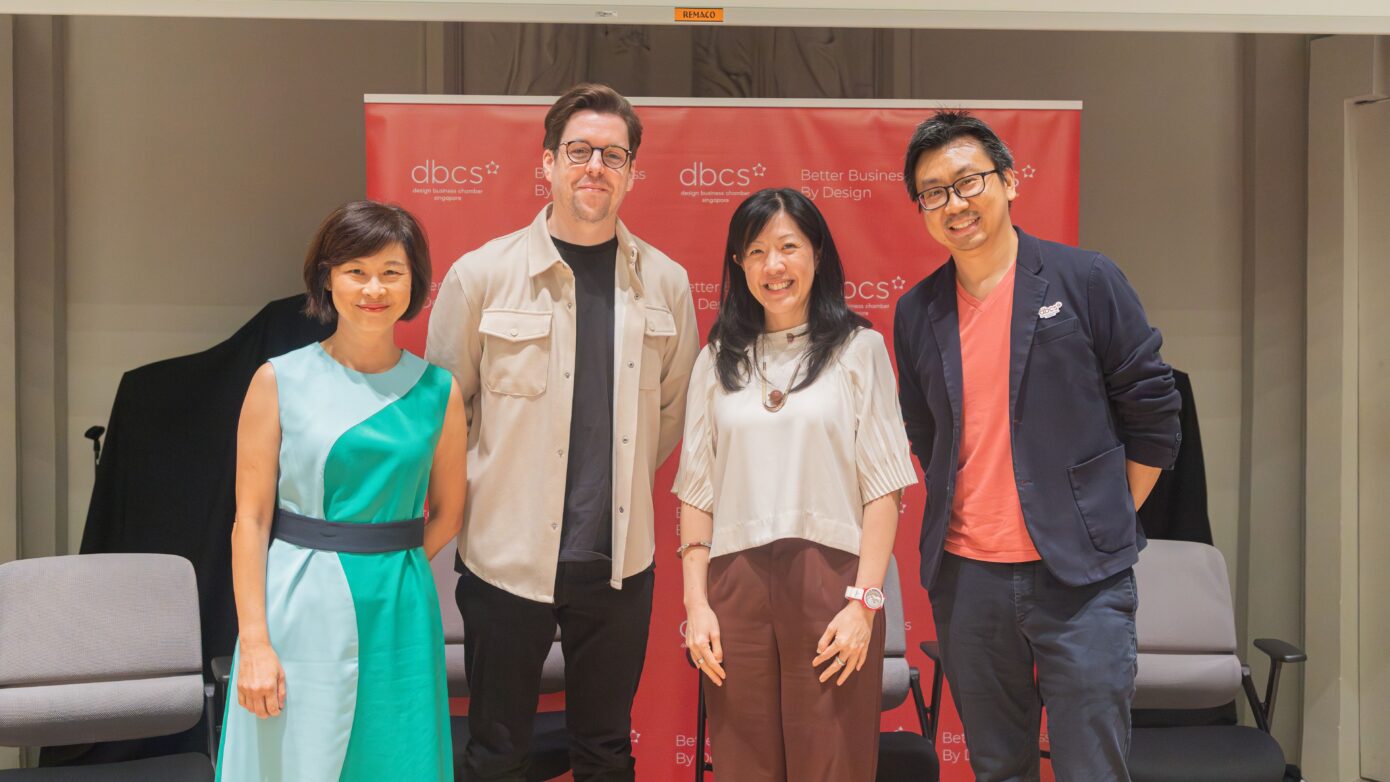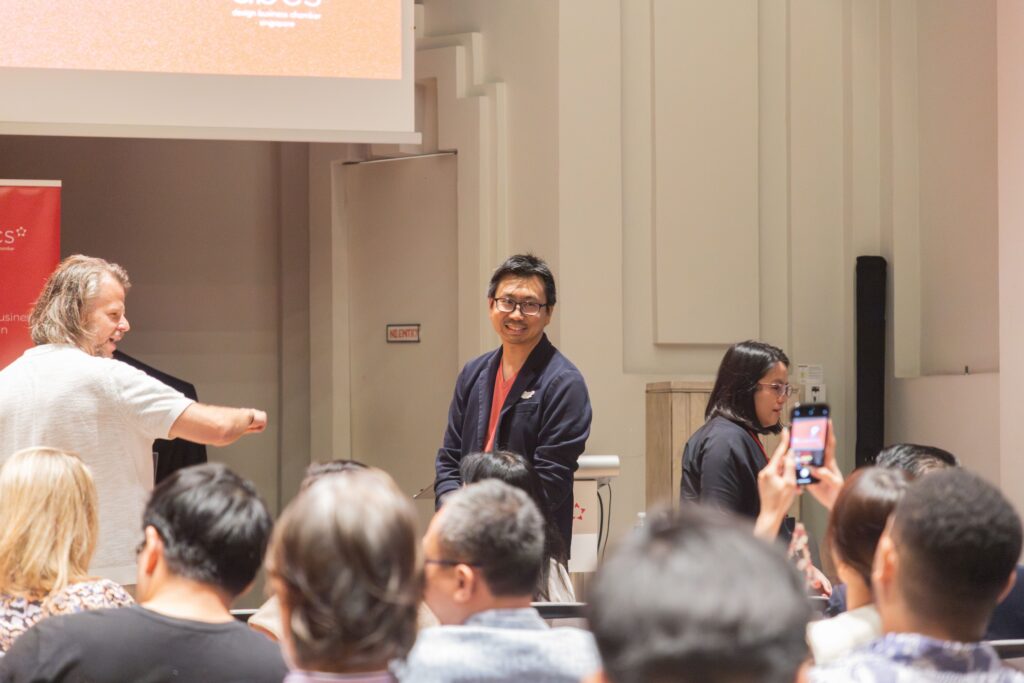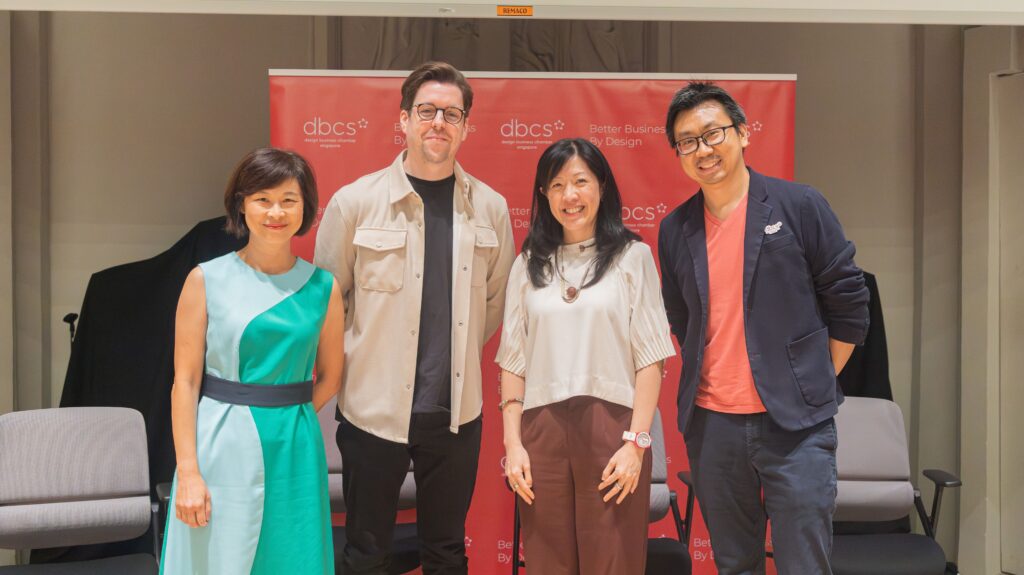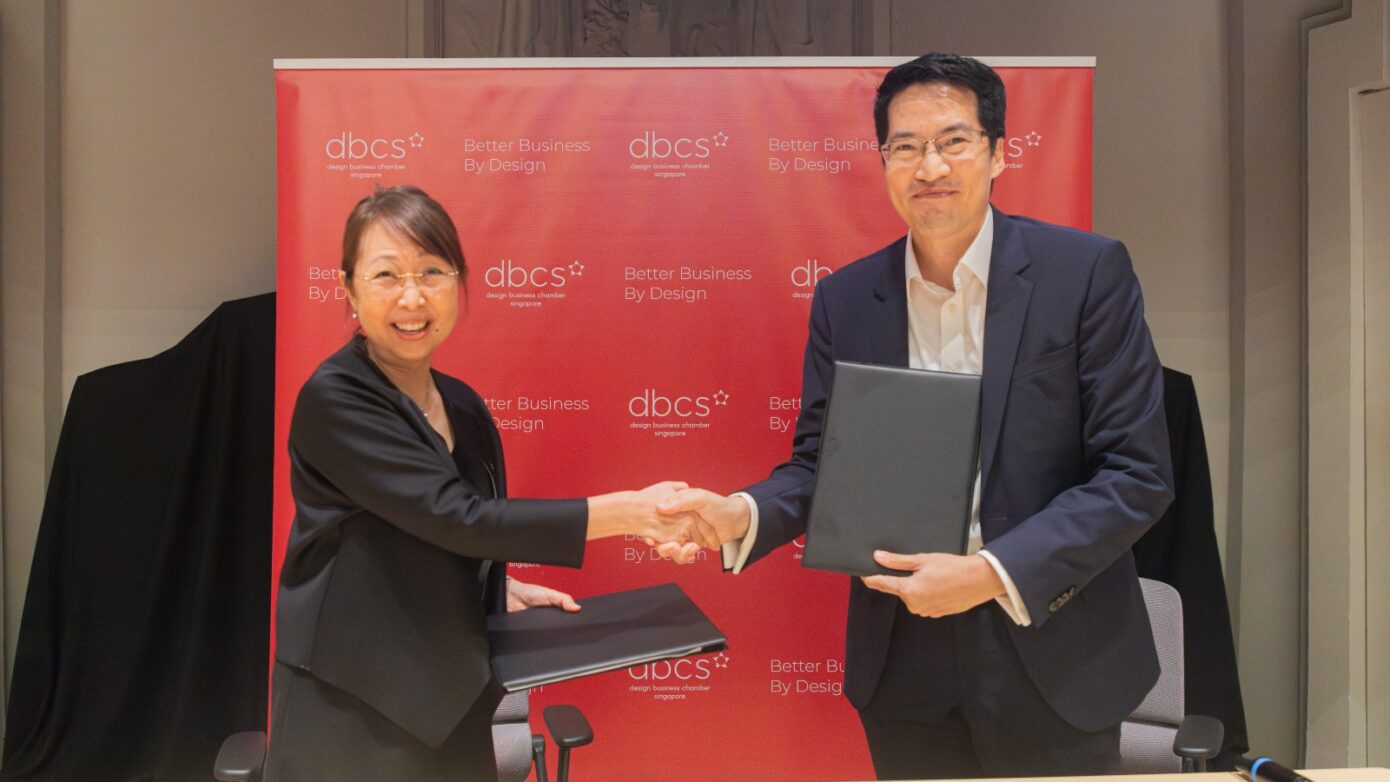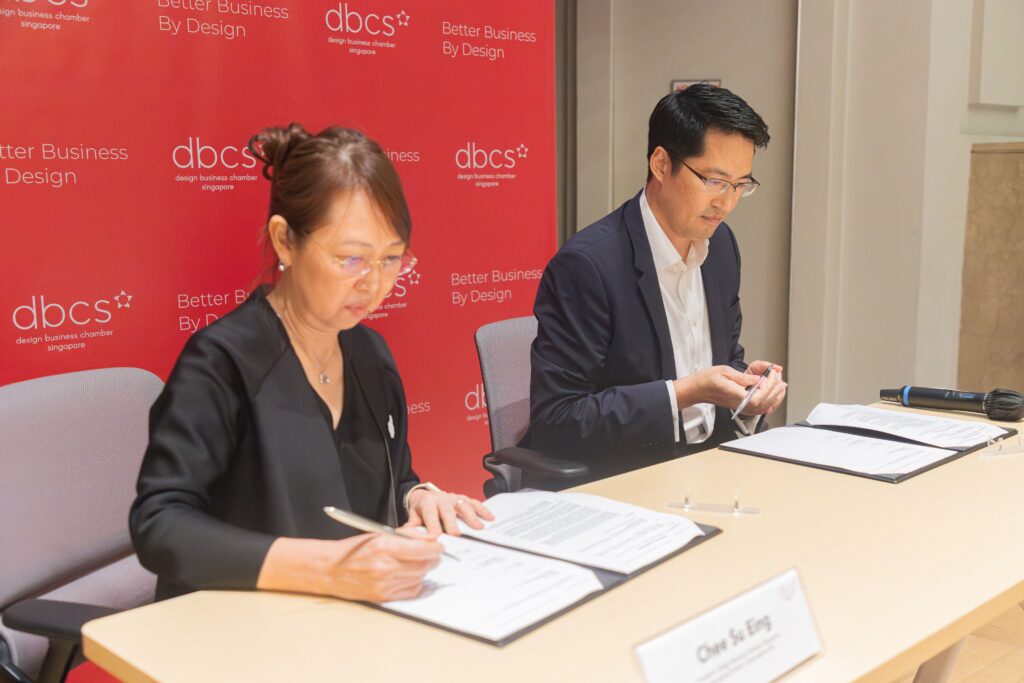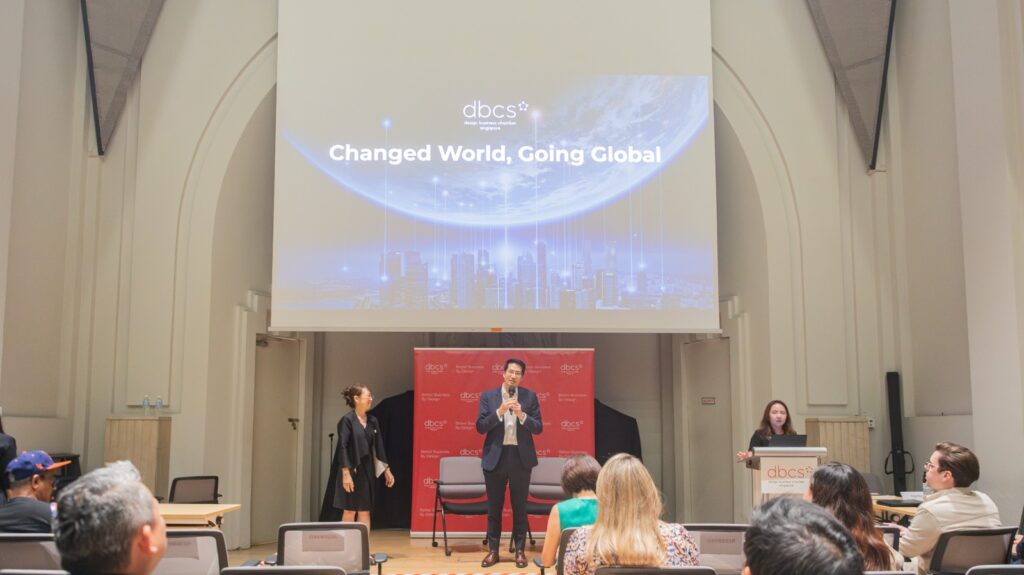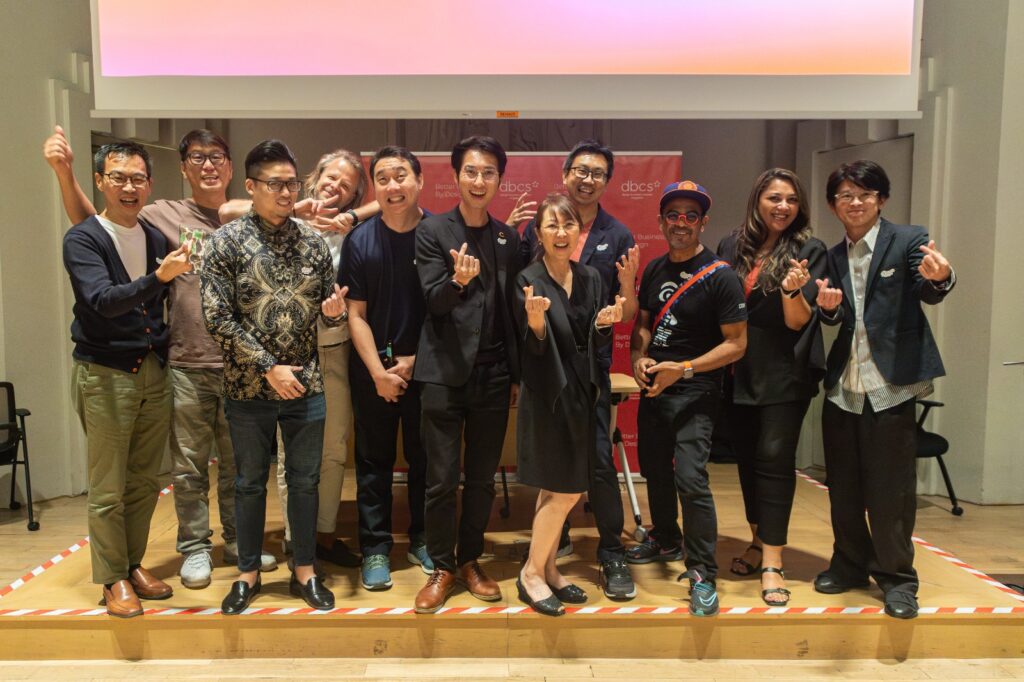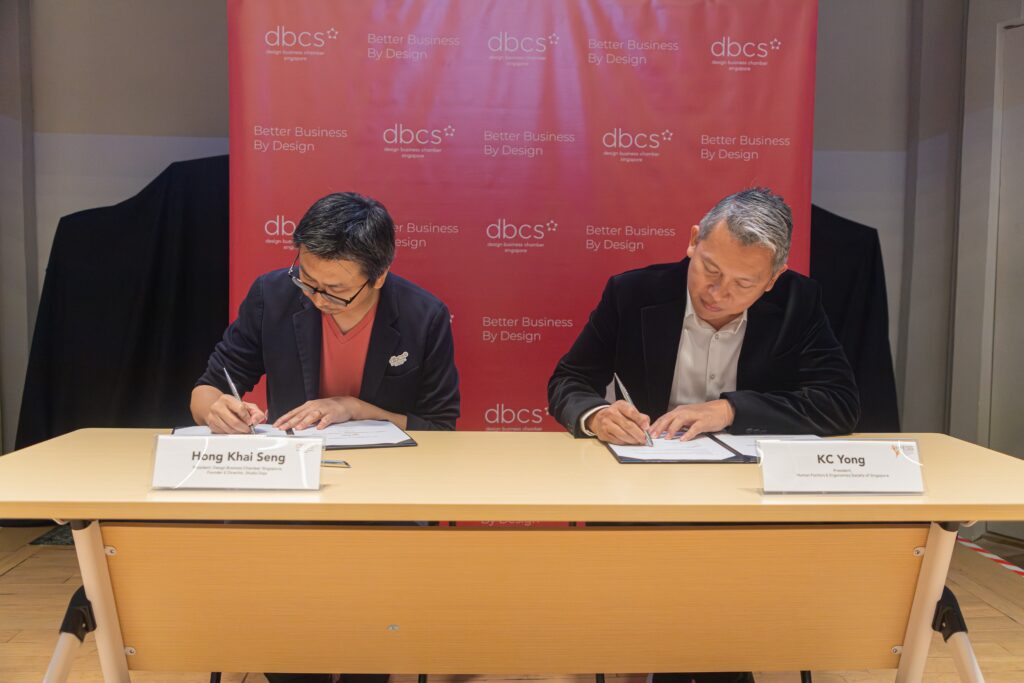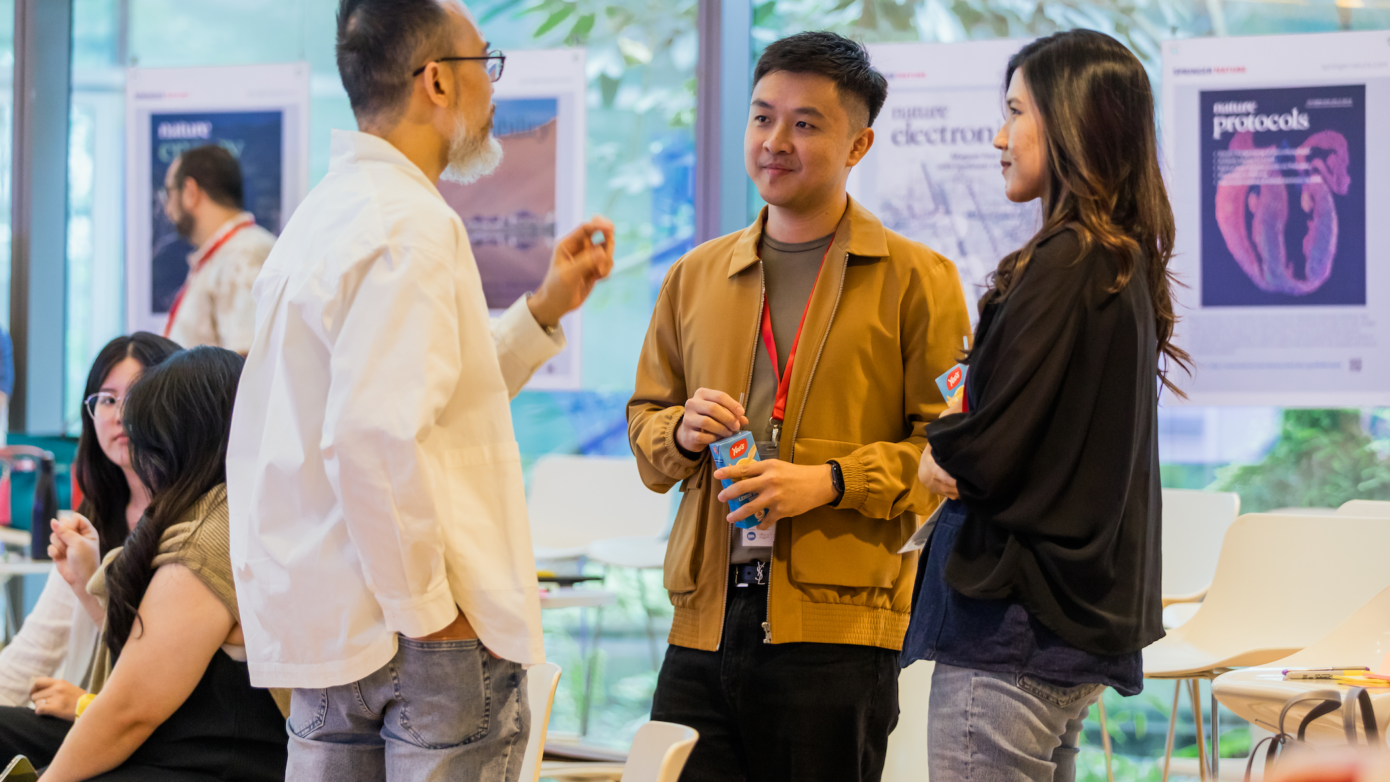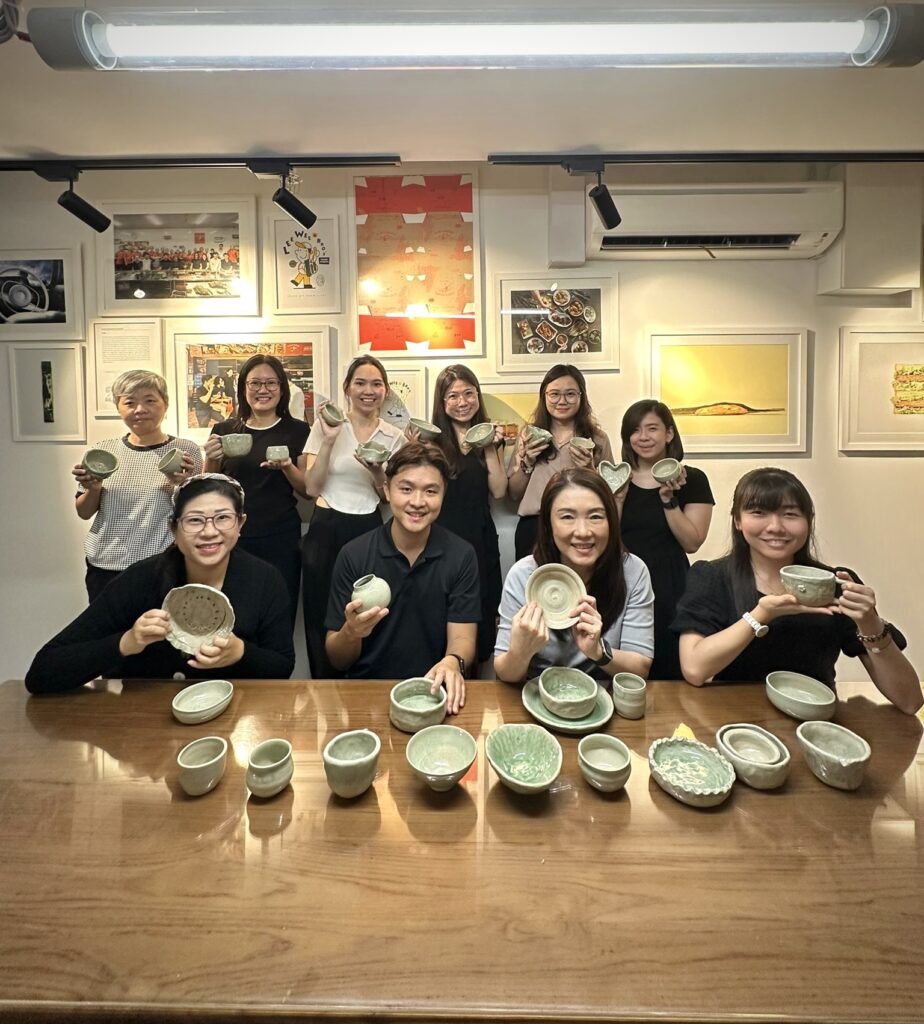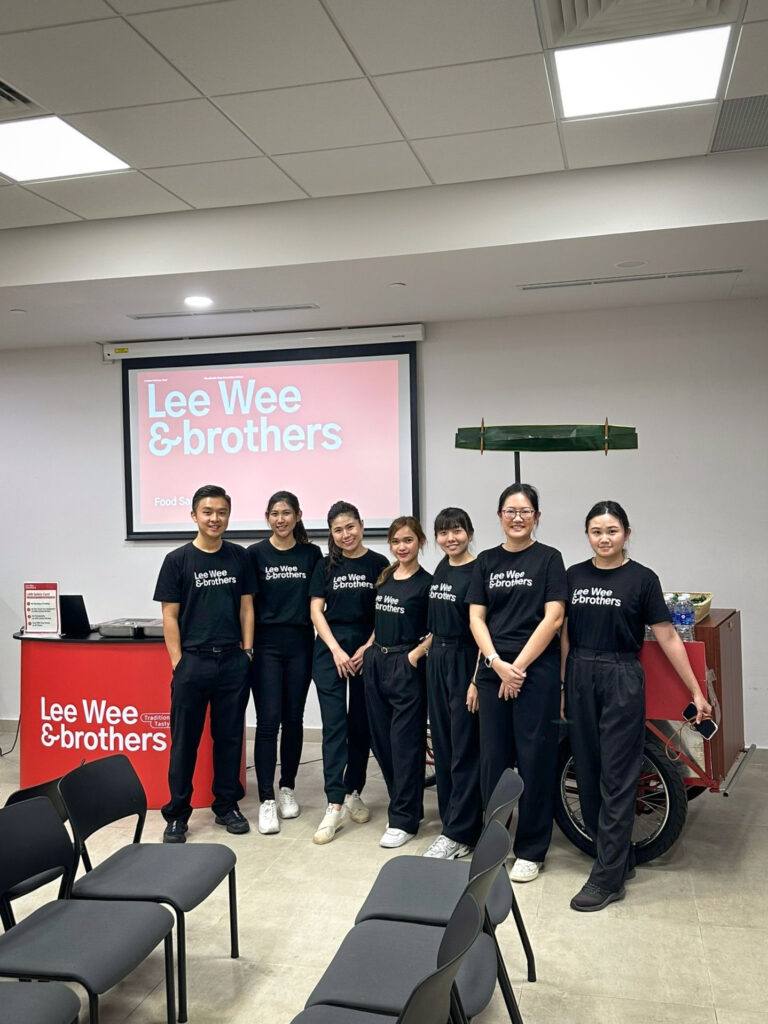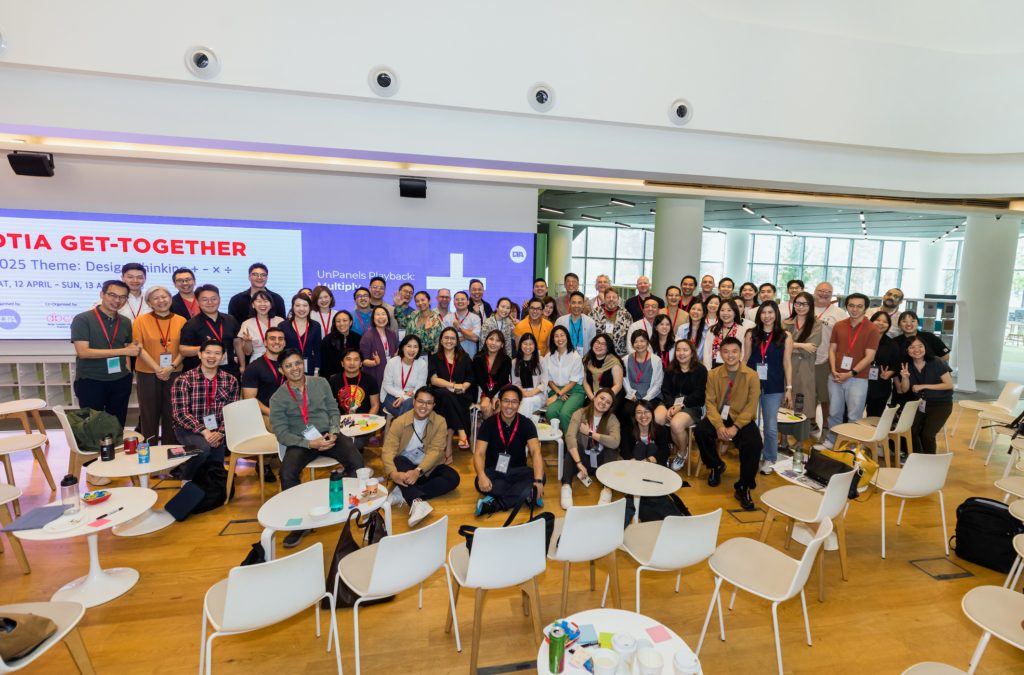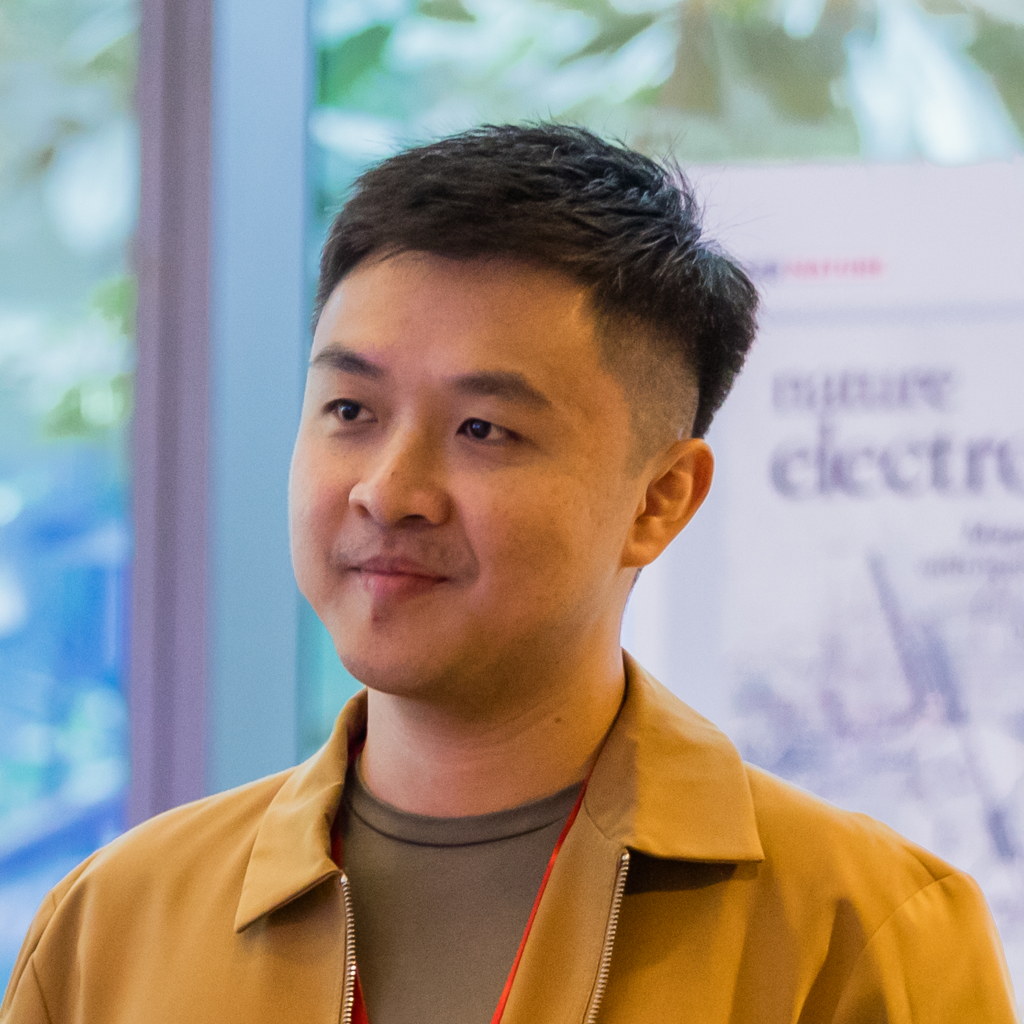DBCS and Consulus are pleased to announce that V3 Brands is admitted into the Design Power Index (DPI) 2025.
The Design Power Index is an economic premise and framework based on three key questions:
1. Does design generate economic value?
2. If yes, what is the value?
3. Is the nominated organisation great at harnessing the power of design to generate economic value and shape societal impact?
This inaugural index is launched by the Design Business Chamber Singapore (DBCS) in partnership with its global knowledge partner Consulus, a global impact investment and creative change firm, as part of DBCS’s 40th anniversary.
Companies and organisations are first shortlisted from a wide range of industries and then nominated. By accepting the nomination, honorees affirm that design shapes economic value through their business model, products, and services. Acceptance also means they agree to participate in an assessment the following year for the Design Power Index 2026, ensuring a deepening study on the value of design for economic growth. Acceptance of nomination, use of the logo, and participation in next year’s survey are without fee.
As of now, the estimated total market value of the private and listed companies who have accepted the nomination has reached SGD 20 billion. For the non-profit organisations included, their work impacts the lives of Singaporeans.
V3 Brands
The V3 Brands is a compelling example of a business where design is not just a feature, but the very product itself. Its business model, which has driven global expansion and significant economic value, is centered on the strategic ownership and cultivation of design-first products and brands. The company’s success is a testament to its ability to create and scale brands where the primary value proposition is their unique design and the premium experience they offer.
Through its diverse portfolio of brands, including OSIM, TWG Tea, BACHA Coffee, and LAC, V3 Brands has demonstrated a masterful command of design as its core philosophy. For OSIM, the company’s innovation is rooted in its proprietary designs for well-being and lifestyle products, where the innovative fusion of form, function, and technology is a key driver of its market leadership. With TWG Tea and BACHA Coffee, the economic values are derived from the meticulous design of brand experiences, from the fastidious curation of the different tea/coffee offerings, exquisite product packaging to the opulent salon interiors, which transforms a simple product into a luxury good. Lastly, LAC design language blends clinical clarity with natural vitality, embodying an East-meets-West philosophy. This fusion is reflected in its clean layouts, soft tones and modern typography, effectively conveying trust, wellness, and a global appeal.
By operating on a business model that treats design as its most valuable asset, V3 Brands has proven that a focused, design-centric approach can create a powerful, diversified portfolio of international brands.
About the Design Power Index (DPI)
The Design Power Index (DPI) is the world’s first longitudinal economics index designed to measure and track the economic value generated by companies through the strategic use of design and the creation of design intellectual property (IP). Showcasing 40 companies and 20 organisations recognised for their business growth, market creation, technological innovation, and social impact through design, the inaugural DPI 2025 provides a holistic lens of design’s contribution to the economy.
Developed by the Design Business Chamber Singapore (DBCS) in partnership with Consulus, the DPI analyses design’s impact across four dimensions:
- Business of Design — Companies who have achieved revenue and growth through creating unique intellectual property by design
- Market of Design — Companies who have harnessed design to create a new business category
- Technology of Design — Companies who have used design to innovate and shape use-behaviour
- Social Impact of Design — Companies/organisations who use design to shape societal change or impact
Like what you read?
Follow us on Instagram, Facebook, Linkedin and Youtube to get the latest updates!
Related Post
